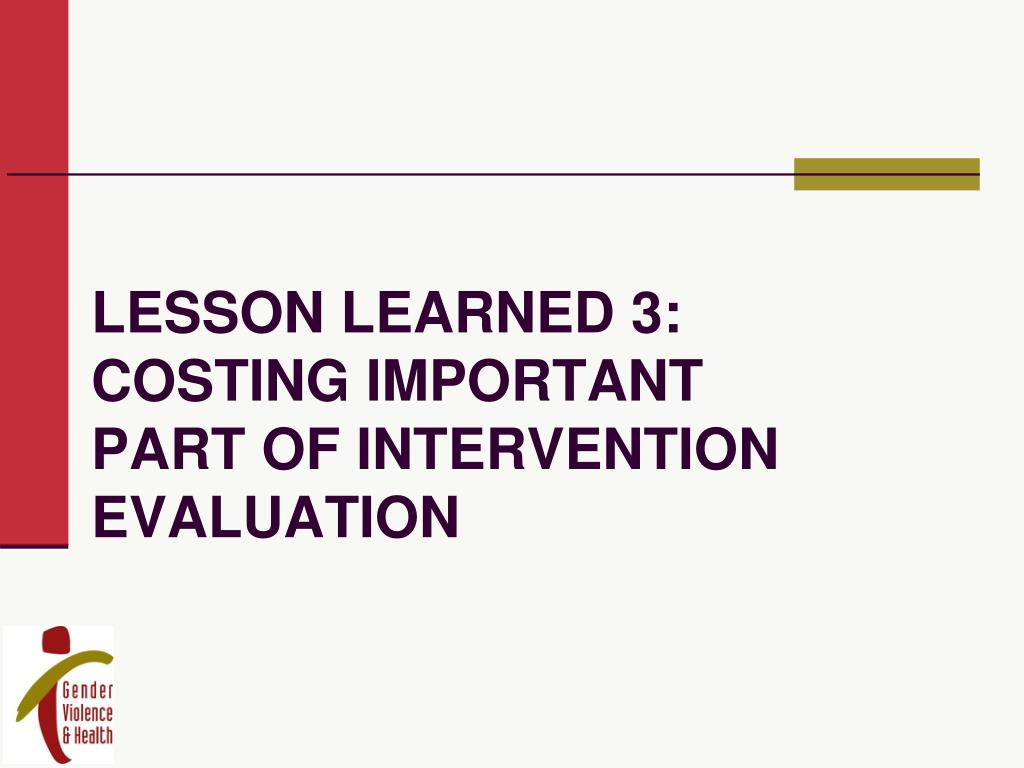

Evaluation data can also help library managers determine the effectiveness of an instruction program and inform allocation of resources in support of the program, and it can demonstrate the value of the program to library stakeholders. How might instructors use the information from evaluative questions to inform their instruction?Īs with assessment, instructors can use data from evaluations to identify areas for improvement.If you cannot recall specific questions, can you imagine the kinds of questions that might be asked on such a survey?.Can you recall specific evaluative questions? Surveys linked to instruction sessions, like course evaluations, often mix questions about learning (assessment questions) with questions about satisfaction (evaluation questions).Recall a time that you have responded to this sort of evaluation. For instance, students, especially in higher education, regularly fill out course evaluations, and workshop participants are often asked to complete feedback forms or surveys at the end of a session. Nearly all of us have some experience with evaluation as a learner. See Activity 13.1 for a brief reflection on evaluation. This chapter explores methods for evaluation of library instruction with a focus on quality and patron satisfaction. Students can certainly learn even if they do not enjoy the process, but their levels of satisfaction can impact their learning and, for those who voluntarily attend workshops and trainings, influence whether they will return for future sessions. While learning is always our main focus as instructors, we should also consider other factors that contribute to the overall success of our instruction, like learner satisfaction and perceived quality of the lesson. The terms “evaluation” and “assessment” are often used interchangeably, but while assessment focuses on learning and student progress toward identified learning outcomes, evaluation involves “determining the quality of the service or activity and the extent to which the service or activity … accomplishes stated goals and objectives” (Hernon & Schwartz, 2012, p. 13 Evaluating and Improving Instruction IntroductionĬhapter 9 discussed assessment, a crucial step in Backward Design that allows us to measure student learning.


 0 kommentar(er)
0 kommentar(er)
